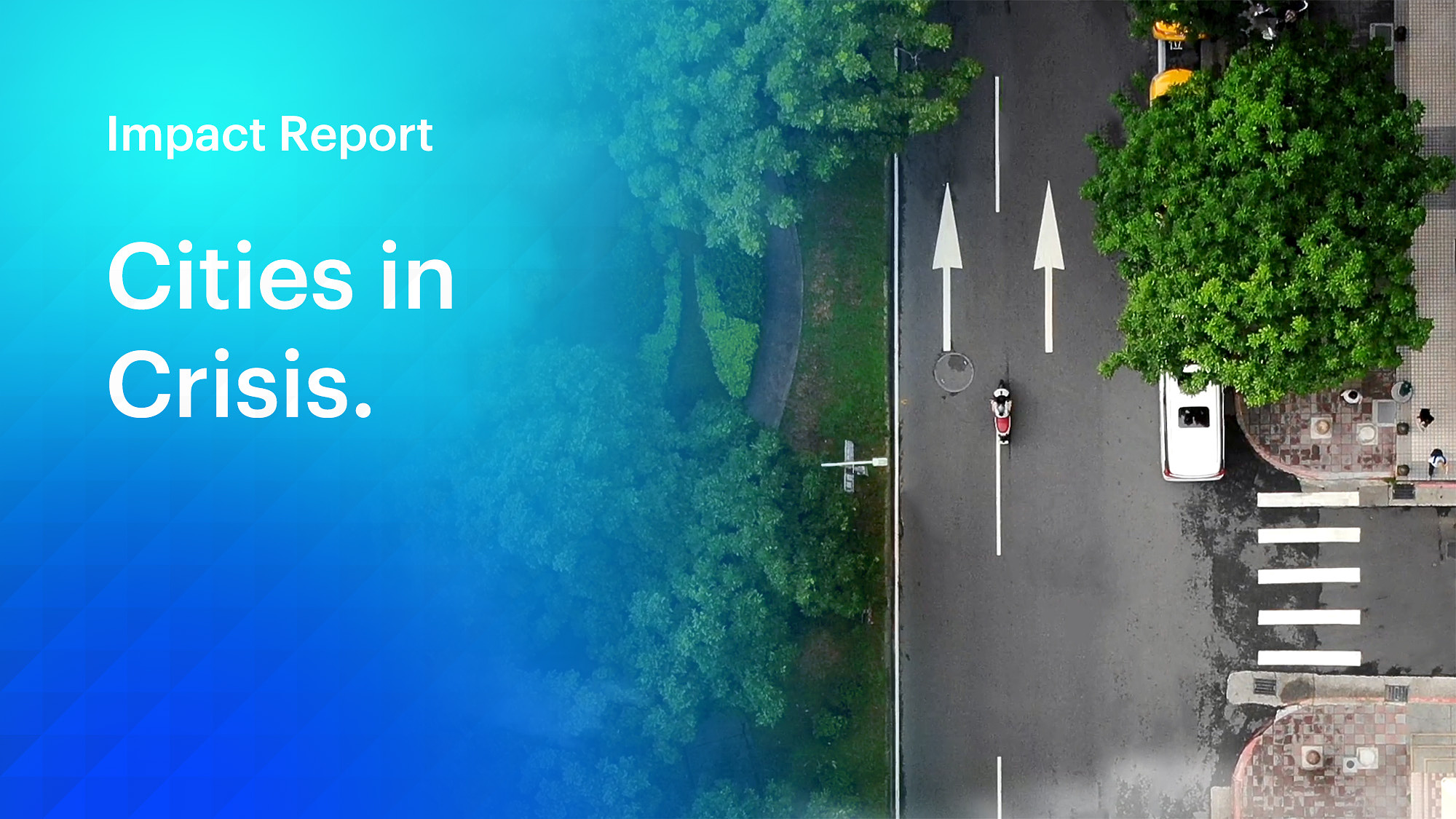Cities are where the battle against climate change will be won or lost
Today, about 56% of the world’s population - 4.4 billion inhabitants - live in cities. According to the United Nations, this trend is expected to continue. By 2050, nearly 7 in 10 people will live in cities. With the acceleration of urbanization, the world is expected to have 43 megacities (defined as cities with more than 10 million residents) by 2030. And most of them will be in the developing countries of Asia, Africa, and South America. The swelling population will exacerbate existing crises and create new ones, introducing new pollutants, urban heating, traffic congestion, energy shortages, and infrastructure fragility. Immediate actions in response to this accelerating urbanization must be taken in order to mitigate these increasing challenges.
Of all the challenges we face today, global warming and air pollution are the most urgent at a global level. Approximately 86% of all urban residents are exposed to unhealthy air quality. In 2019, this exposure, which affects nearly 2.5 billion people, led to 1.8 million excess deaths. Holding global warming to 1.5°C above pre-industrial levels could limit the most dangerous and irreversible effects of climate change. As cities contribute to 70% of greenhouse gas emissions, cities are where the battle of climate change will be won or lost. Gogoro’s sustainability technologies can help create smarter, cleaner and safer cities and have a positive contribution to slowing urban pollution.
Gogoro is focused on fighting air pollution and global warming utilizing all necessary means
Air pollution, including PM2.5 (particulate matter with a diameter of 2.5 micrometers or less), is a complex issue involving various pollutants from different sources. Generally speaking, ICE vehicles emit four main pollutants from their exhaust pipes, including PM, NOx, NHMC and CO. While electric vehicles still produce some air pollution from the electricity it uses, they significantly lower down the air pollutants compared to ICE vehicles. According to data from Taiwan’s Environment Protection Agency, where most of our riders exist today, particulate matter from EVs are reduced by 84.4%, NOx by 83.3%, NMHC by 99.99%, and CO by 95.4%.
The carbon emissions of vehicles at a street level are often underestimated, mainly because it’s not easy to collect travel distance, and the energy consumption lacks real world data. With Gogoro’s battery swap cloud system, Gogoro collects real world data on riding distance and power consumption, and we are now able to correctly calculate the total CO2 emissions of Gogoro vehicles.
While we do not have user generated data from ICE vehicles, we have used public data from Taiwan’s EPA as a baseline for gas-scooters. Since 2015, Gogoro has accumulated about 400M battery swaps,displaced 287M liters of gas, and avoided 603M kilograms of CO2 emissions.
Depending on the vehicle model, the type of electricity used to charge batteries, and the riding distance and conditions, the per-kilometer CO2 emission avoidance might be different in different countries. In general, by replacing two-wheel gasoline vehicles with electric ones, we can reduce approximately 88% of CO2 emissions. Taiwan, our pilot market, has accounted for most of the total distance ridden by Gogoro vehicles, so we used Taiwan gasoline scooter data as the baseline to calculate the CO2 emission avoidance.
From Taiwan to 9 Global Markets
Rapid urbanization has prompted us to accelerate our global expansion. Gogoro started our service in 2015 in Taiwan and now, together with our partners, we are in a total of 9 markets. Gogoro has quickly become an innovation leader in vehicle design and electric propulsion, smart battery design, battery swapping, and advanced cloud services that utilize artificial intelligence to manage battery availability and safety. The challenge is massive, but the opportunity to disrupt the status quo, establish new standards, and achieve new levels of sustainable transportation growth in densely populated cities is even greater.
Click to download the full Impact Report





